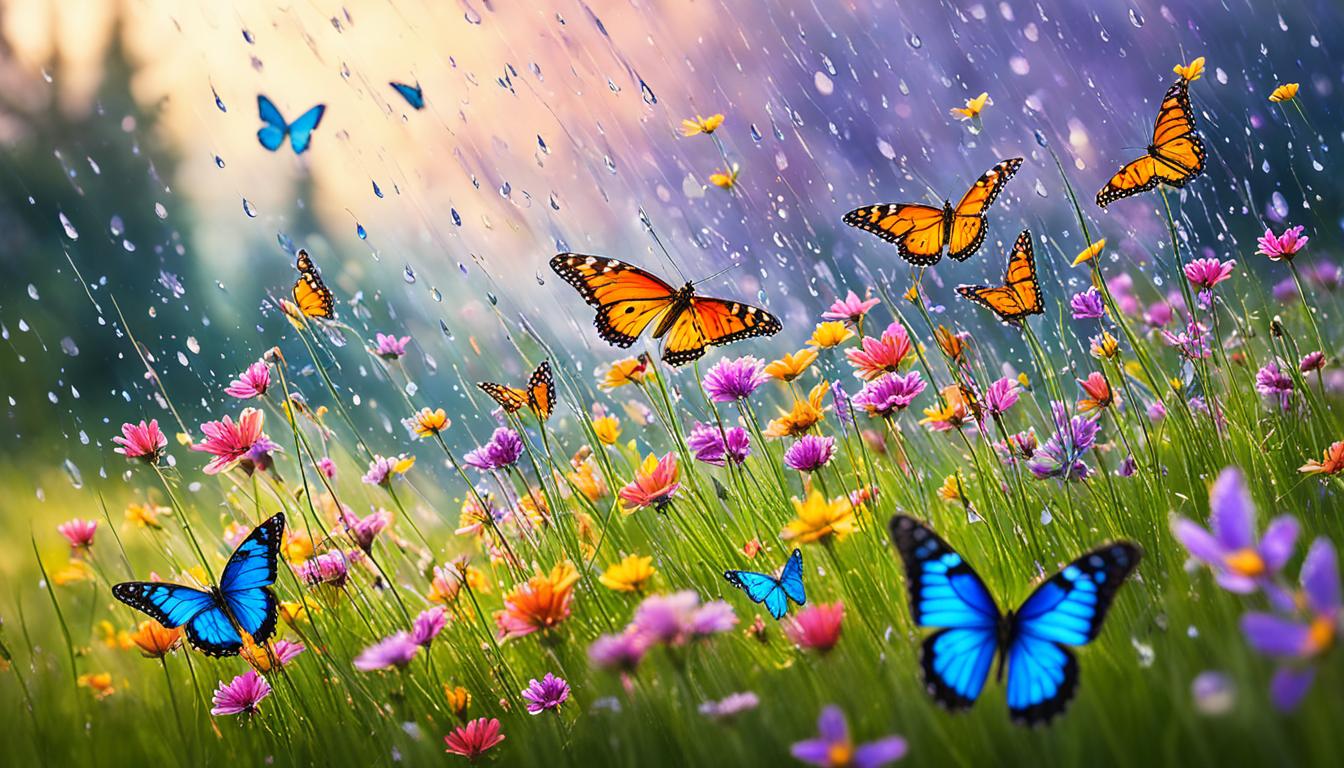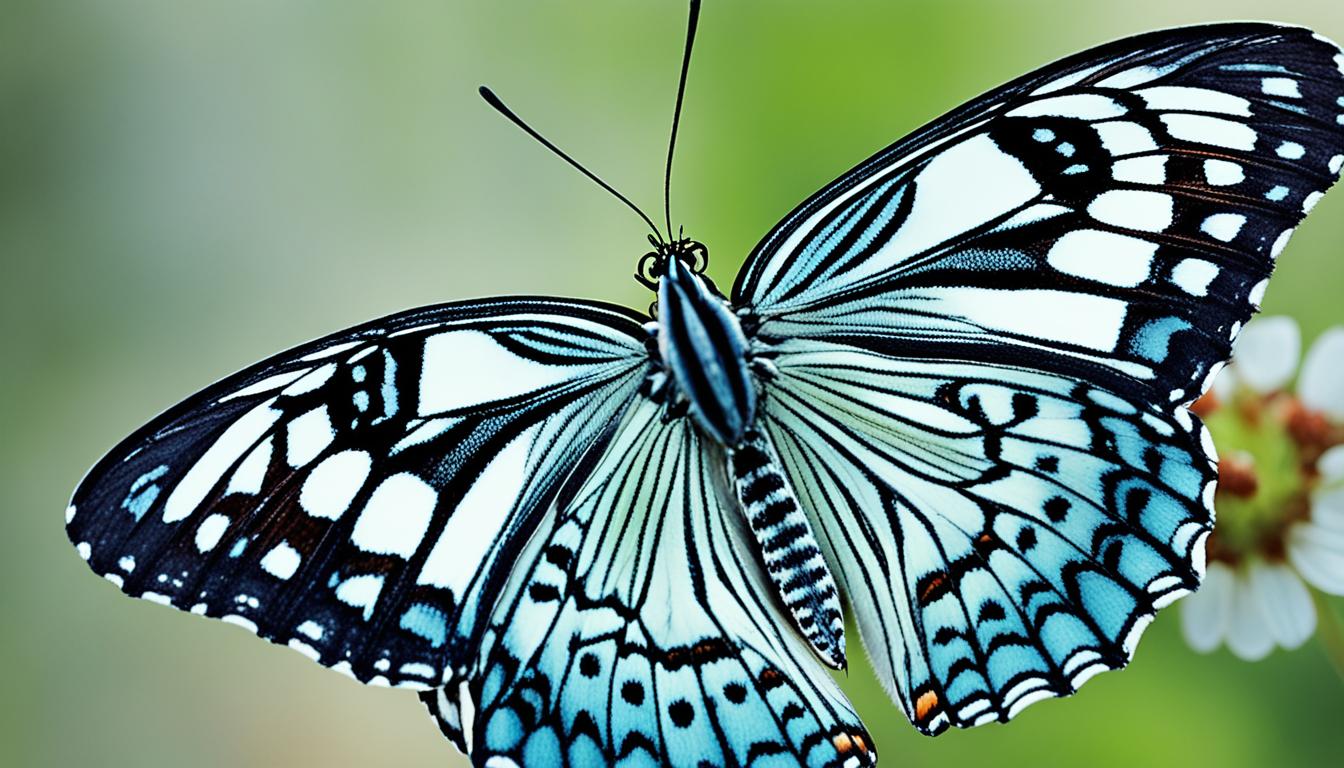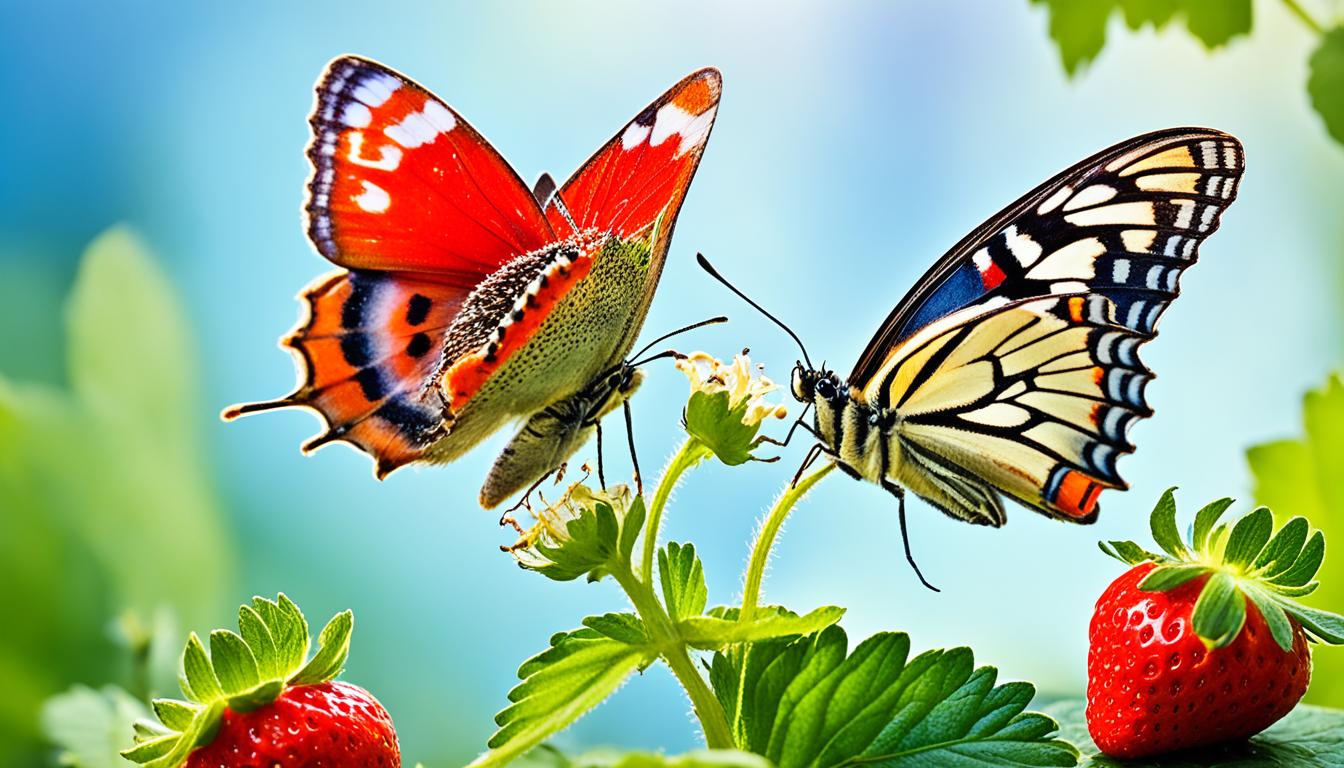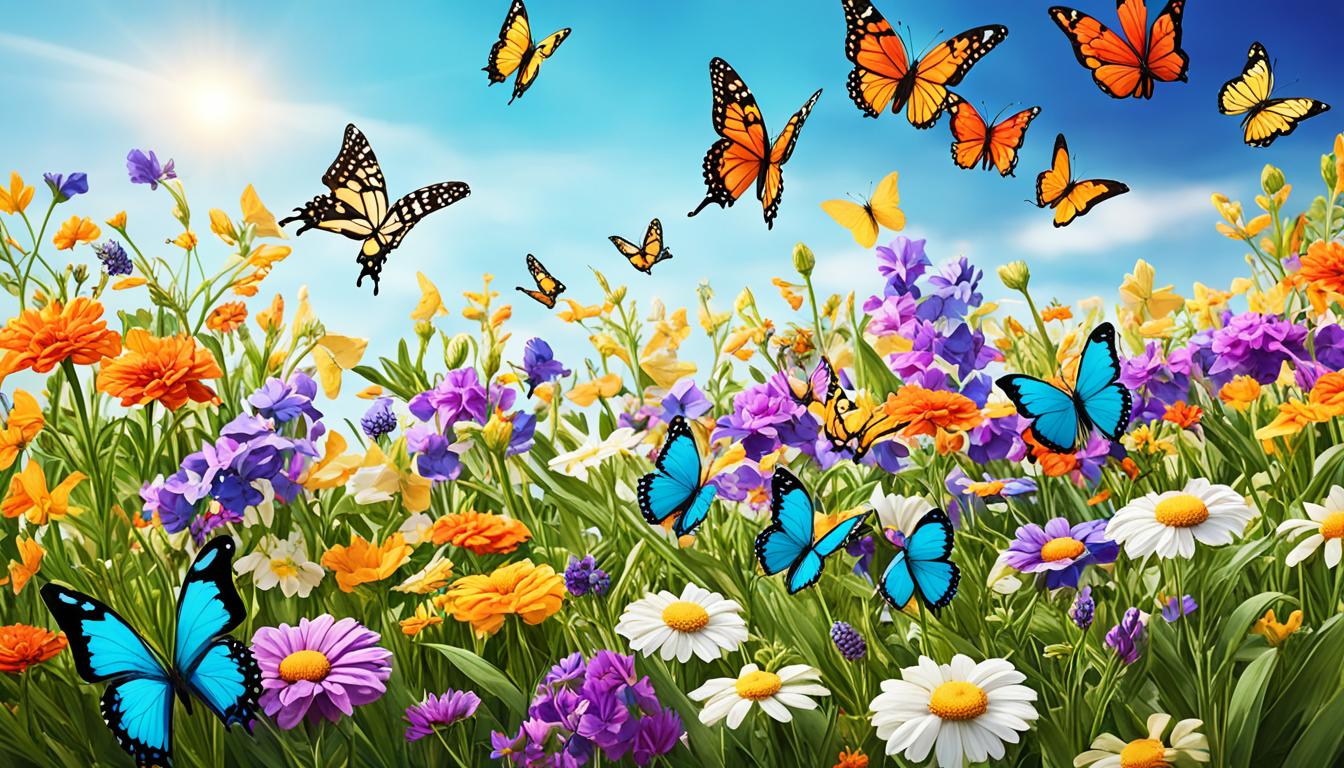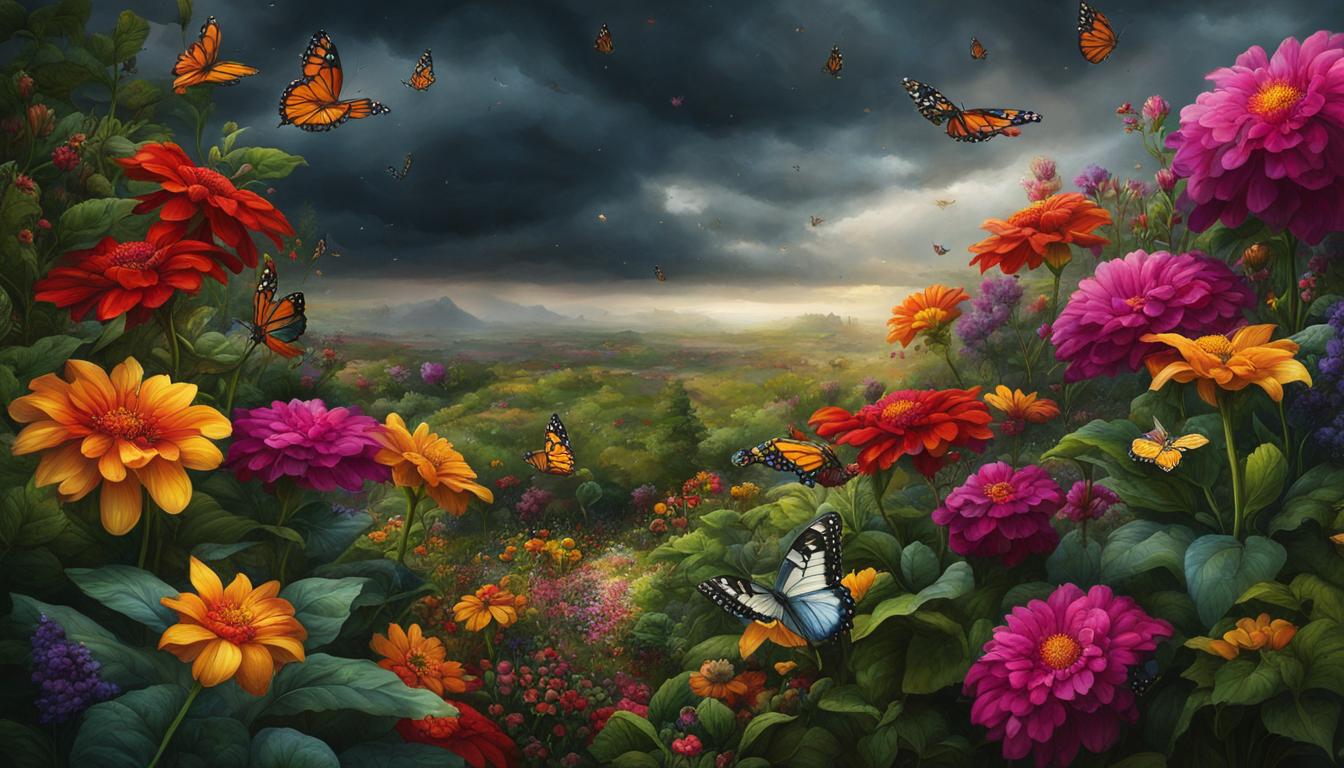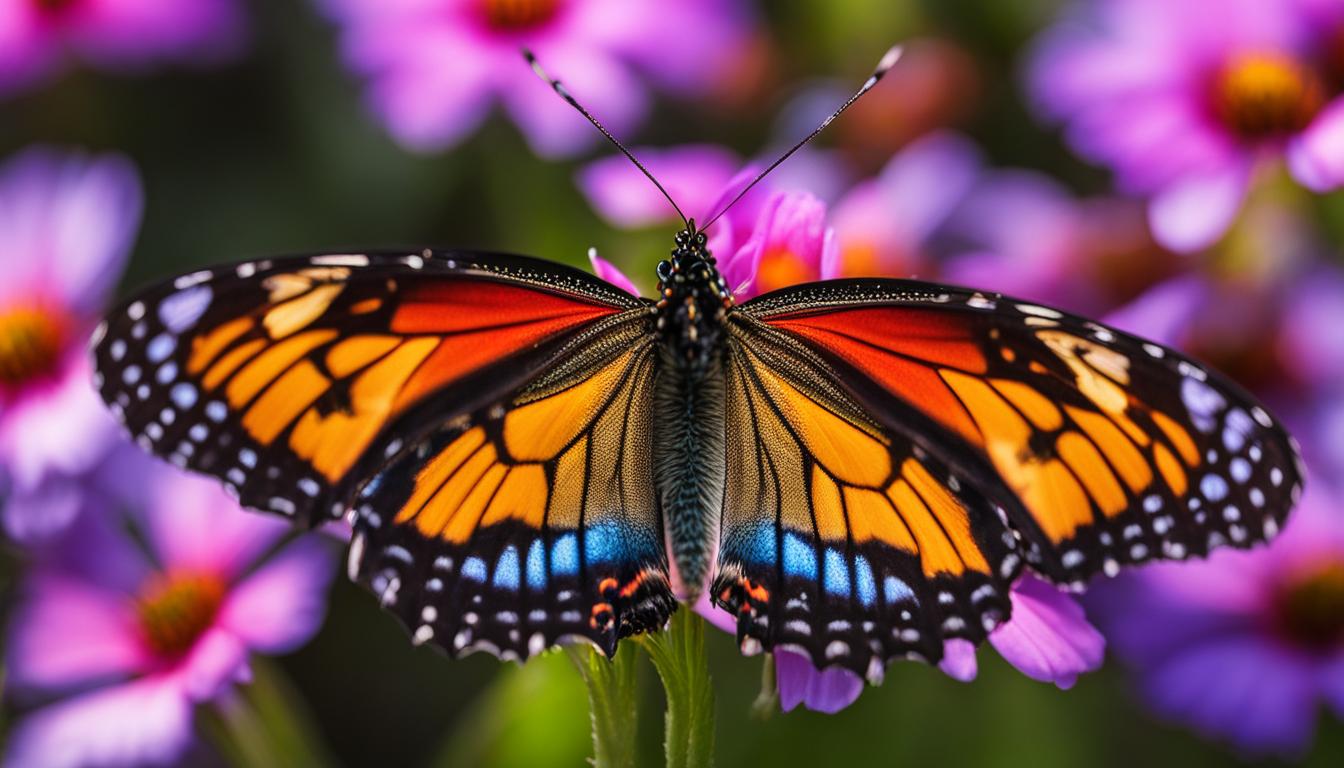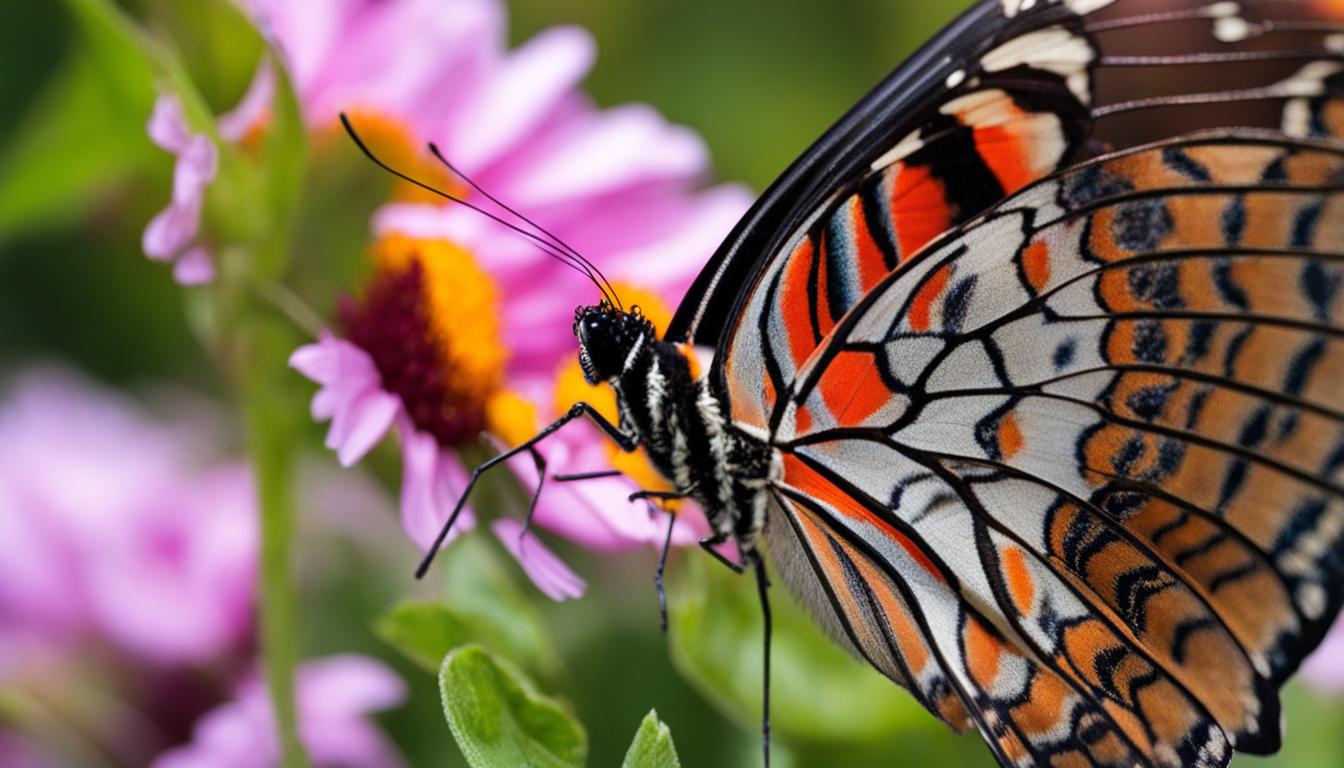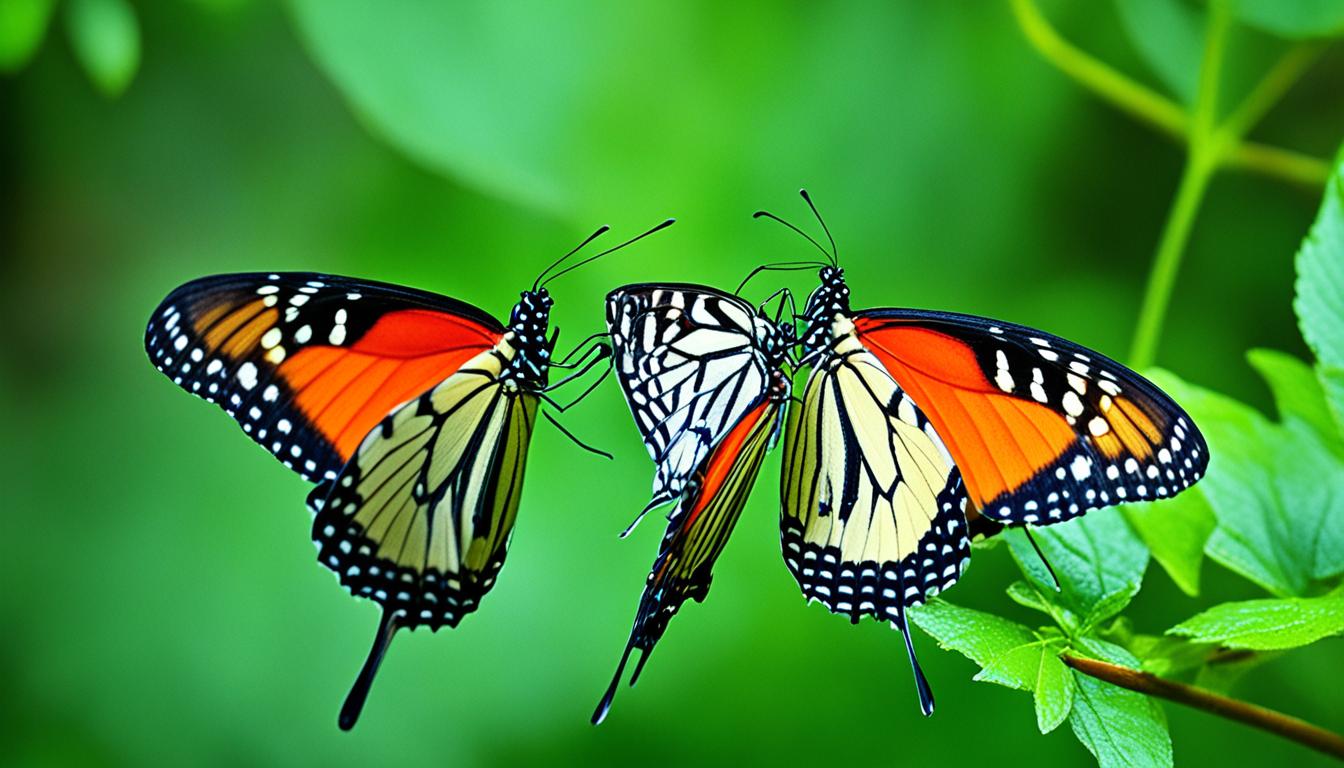Butterflies: A Guide to Their Incredible World
Welcome to our captivating butterfly blog,
where we embark on a journey deep into the enchanting lives of these delicate creatures. Join us as we explore the remarkable world of butterflies,
Butterflies :A Guide To Their Incredible World –
The Fascinating World of Butterflies
Butterflies are some of the most beautiful and fascinating creatures on Earth. They come in a wide variety of colors and patterns, and their life cycle is truly amazing.
The Metamorphosis
A butterfly begins its life as an egg. The egg hatches into a caterpillar, which eats and grows for several weeks. When the caterpillar is ready to pupate, it attaches itself to a plant and forms a chrysalis.
Inside the chrysalis, the caterpillar undergoes a dramatic transformation. Its body breaks down and reforms into an adult butterfly. The butterfly emerges from the chrysalis and its wings expand for the first time.
The Adult Butterfly
The adult butterfly has a short lifespan, but it makes the most of it. It flies from flower to flower, sipping nectar and pollinating plants. Butterflies also play an important role in the food chain. They are preyed upon by birds, bats, and other animals.
The Secrets of Butterflies
Scientists are still learning about the secrets of butterflies. They are studying how butterflies find their way, how they communicate, and how they use their wings to fly.
The Future of Butterflies
Butterflies are facing a number of threats, including habitat loss, climate change, and pollution. It is important to protect these amazing creatures so that they can continue to thrive for generations to come.
How to Help Butterflies
There are many things you can do to help butterflies. You can plant butterfly-friendly gardens, avoid using pesticides, and support organizations that are working to protect butterflies.
The next time you see a butterfly, take a moment to appreciate its beauty and wonder. These creatures are a reminder of the beauty of nature and the importance of conservation.
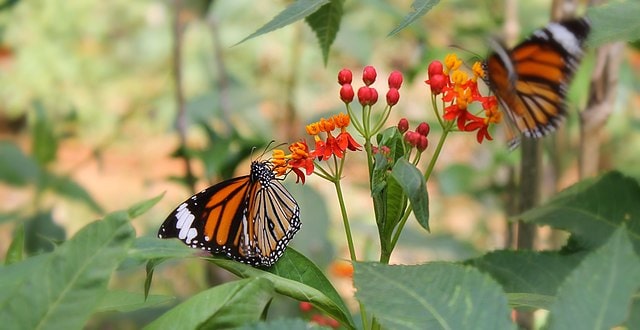
Common tiger Butterflies
The Fascinating Life Cycle of Butterflies
Butterflies are one of the most beautiful creatures in the world. They are also one of the most fascinating, with a life cycle that is truly a marvel of nature.
The butterfly life cycle has four distinct stages: egg, larva, pupa, and adult.
- Egg: The egg is the smallest stage in the butterfly life cycle. It is laid by the female butterfly and is usually attached to a plant. The egg hatches into a caterpillar.
- Caterpillar: The caterpillar is the second stage in the butterfly life cycle. It is a voracious eater and grows rapidly. The caterpillar sheds its skin several times as it grows.
- Pupa: The pupa is the third stage in the butterfly life cycle. It is also known as the chrysalis. The caterpillar forms a pupa and undergoes a dramatic transformation. The caterpillar’s body breaks down and reforms into an adult butterfly.
- Adult: The adult butterfly is the fourth and final stage in the butterfly life cycle. It has wings covered in tiny scales that give it its vibrant colors and patterns. The adult butterfly uses its wings to fly, mate, and lay eggs.
The butterfly life cycle is a truly amazing process. It is a testament to the power of nature and the beauty of the natural world.
The Importance of Butterflies
Butterflies are not only beautiful creatures, but they are also important members of the ecosystem. They play a vital role in pollination and seed dispersal. Butterflies are also preyed upon by birds, bats, and other animals. This helps to keep the populations of these predators in check.
How to Help Butterflies
There are many things that we can do to help butterflies. We can plant butterfly-friendly gardens, avoid using pesticides, and support organizations that are working to protect butterflies.
By taking these simple steps, we can help to ensure that these beautiful creatures continue to thrive for generations to come.
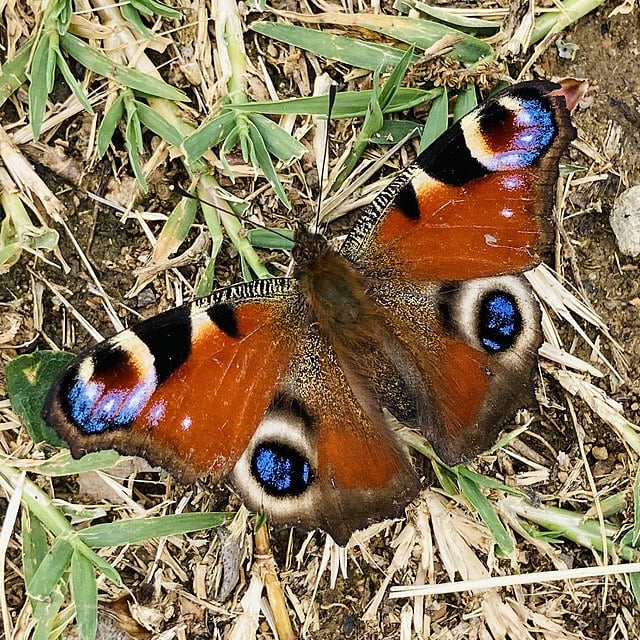
A Visual Journey Through Different Species of Butterflies
Butterflies are one of the most beautiful and diverse groups of insects on Earth. There are over 20,000 species of butterflies worldwide, each with its own unique colors, patterns, and behaviors.
Here is a visual journey through some of the most popular and interesting species of butterflies:
Butterflies
Here are some of the most popular species of butterflies:
- Monarch butterfly: The monarch butterfly is one of the most recognizable butterflies in the world. It is famous for its orange and black wings, which are a warning to predators that the butterfly is poisonous. Monarch butterflies are also known for their long-distance migration, which can take them thousands of miles from their breeding grounds to their wintering grounds.
- Swallowtail butterfly: The swallowtail butterfly is another popular species of butterfly. It is known for its long, pointed tails and its brightly colored wings. Swallowtail butterflies are found in a variety of habitats, including forests, fields, and gardens.
- Blue morpho butterfly: The blue morpho butterfly is one of the most stunning butterflies in the world. It has large, iridescent blue wings that shimmer in the sunlight. Blue morpho butterflies are found in tropical rainforests in Central and South America.
- Painted lady butterfly: The painted lady butterfly is a migratory species that is found in Europe, Asia, and Africa. It is a small butterfly with brightly colored wings that are orange, yellow, and black. Painted lady butterflies are known for their long-distance migrations, which can take them thousands of miles.
- Peacock butterfly: The peacock butterfly is a large butterfly with colorful wings that are marked with eyespots. The eyespots are a defense mechanism that helps to deter predators. Peacock butterflies are found in Europe and Asia.
- Longwing butterfly: The longwing butterfly is a group of butterflies that have long, slender wings. Longwing butterflies are found in tropical rainforests in Central and South America.
Unraveling the Mystery Behind Butterfly Migration
Butterfly migration is one of the most remarkable natural phenomena on Earth. Each year, millions of butterflies travel thousands of miles to find food, mates, and suitable places to lay their eggs.
The migration patterns of butterflies vary depending on the species. Some butterflies, such as the monarch butterfly, migrate long distances between breeding and wintering grounds. Other butterflies, such as the painted lady butterfly, migrate shorter distances within their home range.
Scientists are still not sure how butterflies know where to go when they migrate. Some believe that butterflies use a combination of environmental cues, such as the sun, stars, and Earth’s magnetic field, to navigate. Others believe that butterflies may have an innate sense of direction that is passed down from generation to generation.
Whatever the mechanism, butterfly migration is a truly amazing feat. It is a testament to the resilience and adaptability of these delicate creatures.
However, butterfly migration is not without its challenges. Climate change, habitat loss, and pesticide use are just some of the threats facing these delicate creatures on their journey. Conservation efforts are crucial in protecting butterfly populations and ensuring their continued survival for generations to come.
Here are some things you can do to help butterflies:
- Plant a butterfly-friendly garden.
- Avoid using pesticides.
- Support organizations that are working to protect butterflies.
By taking these simple steps, you can help to ensure that these beautiful creatures continue to thrive for generations to come.
How Butterflies Contribute to Ecosystems Worldwide
Butterflies are important pollinators that contribute to the ecological balance of many habitats around the world. As they fly from flower to flower in search of nectar, they transfer pollen grains, allowing plants to reproduce and produce new seeds and fruits. This helps to ensure a diverse range of plant species, which is essential for a healthy ecosystem.
In addition to their role as pollinators, butterflies also provide food for other animals, such as birds, bats, and spiders. This helps to maintain the balance of the food chain in an ecosystem.
Unfortunately, butterfly populations are declining due to habitat destruction and climate change. This is a serious threat to the ecological balance of many habitats. Conservation efforts are underway to protect butterfly habitats and educate people on how they can help.
Here are some things you can do to help butterflies:
- Plant native flowers in your garden.
- Avoid using pesticides in your garden.
- Support local butterfly conservation organizations.
By taking these simple steps, you can help to protect butterflies and ensure that they continue to play their important role in ecosystems worldwide.
Here are some additional details about how butterflies contribute to ecosystems:
- Butterflies help to pollinate plants, which is essential for plant reproduction and seed production.
- Butterflies provide food for other animals, which helps to maintain the balance of the food chain.
- Butterflies are sensitive to changes in their environment, so their presence can be used as an indicator of ecosystem health.
By understanding the importance of butterflies, we can all play a role in protecting them and ensuring their continued survival.

How many types of butterflies are there?
Butterflies are one of the most diverse groups of insects with over 20,000 species worldwide. The number of butterfly species varies in different parts of the world and some regions have a higher diversity than others. For instance, South America has the highest number of butterfly species with about 3,250 known species while Europe has only around 440.
The classification system used to group butterflies is based on their physical characteristics such as wing shape, size and coloration which vary between species. With so much variation among them, it’s not surprising that butterflies play a critical role in terrestrial ecosystems across the globe.
Some butterfly families are strictly herbivorous, depending solely on plant material for survival while others prefer nectar or decaying matter for sustenance. This makes them important pollinators that aid in fertilizing plants throughout their lifecycles.
However, despite their immense ecological importance, many factors including habitat destruction and climate change threaten butterfly populations around the world today. Understanding how these pressures impact different types of butterflies can help conservationists better protect these delicate creatures before they disappear forever.

Understanding the Role of Pollination in Butterfly Behaviour
Pollination plays a key role in the behavior of butterflies. As they fly from flower to flower, their bodies collect pollen grains and transfer them to other plants, resulting in fertilization and the creation of new seeds. This process is essential for the survival of many plant species and helps maintain biodiversity in ecosystems worldwide.
Interestingly, not all butterfly species are effective pollinators. Some have shorter proboscises (mouthparts) that limit their ability to reach deep into flowers, while others prefer feeding on nectar or other substances instead of collecting pollen. However, even these non-pollinating butterflies may inadvertently contribute to pollination by carrying traces of pollen on their bodies.
Overall, understanding how butterflies interact with different plant species and ecosystems can provide valuable insights into conservation efforts aimed at preserving both animal and plant populations. By protecting butterfly habitats and promoting sustainable land use practices that support diverse flora populations, we can help ensure a healthy future for ourselves as well as our winged friends.
Threats to Butterfly Populations and Conservation Efforts
Butterflies are facing numerous threats to their populations, including habitat loss, climate change, pollution, and the use of pesticides. The destruction of natural habitats such as forests and meadows has led to a decline in butterfly populations worldwide. Climate change has also affected the timing of butterfly life cycles, causing mismatches with their food sources.
Pollution from industries and agriculture has contaminated the air and water, leading to a decrease in butterfly numbers. The use of pesticides in agriculture has also had a devastating impact on butterfly populations. Pesticides not only kill butterflies directly but also destroy their food sources.
Conservation efforts are crucial to protect The populations. These efforts include creating protected areas for butterflies, restoring degraded habitats, reducing pesticide use, and educating the public about the importance of butterflies in ecosystems. Butterfly gardens can also play a significant role in conservation efforts by providing habitat and food sources for butterflies.
It is essential to take action now to protect these beautiful creatures before it’s too late. By working together, we can ensure that future generations can enjoy the beauty of butterflies in our world.
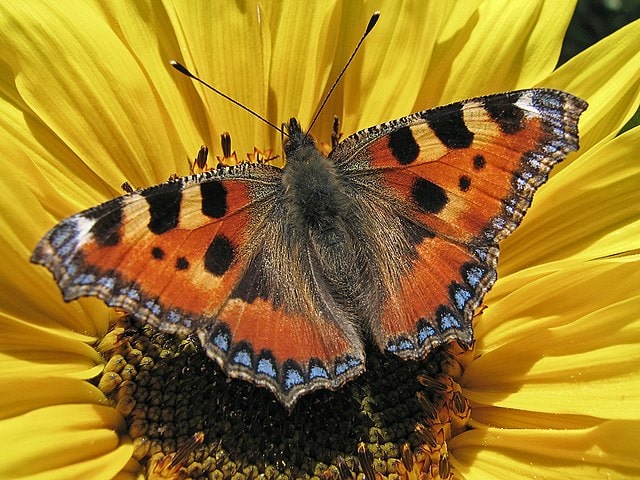
What Butterflies Do We Get In The Uk
Butterflies in the UK are a common sight during summertime. The country has around 59 species of butterflies, some of which are rare and endangered. The most common ones include the Small Tortoiseshell, Peacock Butterfly, and Large White. These beautiful insects can be found in various habitats such as meadows, woodlands, hedgerows, and even cities.
Climate change is affecting butterfly populations in the UK with some species declining due to changes in temperature and rainfall patterns. Conservation efforts focus on planting native wildflowers that provide food for adult butterflies as well as caterpillars. Creating open spaces like meadows or leaving patches of uncut grass can also help provide breeding grounds.
If you’re looking to attract more butterflies to your garden there are several things you can do: plant nectar-rich flowers such as lavender, buddleia or marjoram; provide shelter such as hedges or trees where they can roost at night; avoid using pesticides that harm caterpillars; and create damp areas where they can drink water from mud puddles. With a little effort anyone can enjoy watching these delicate creatures fluttering around their own gardens.
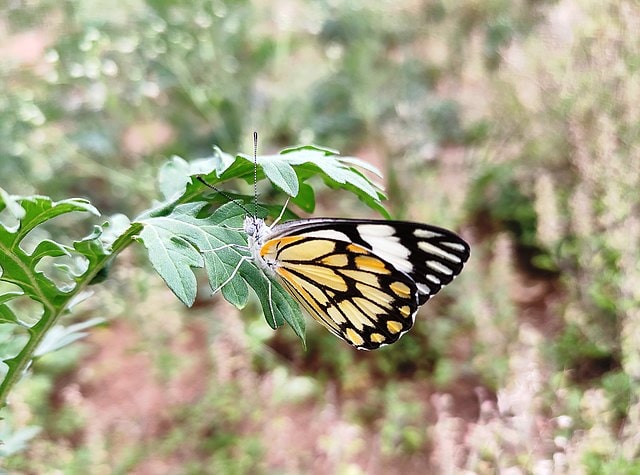
Tips on Attracting and Caring for Butterflies in Your Garden
Attracting Butterflies to your garden can be a fun and rewarding experience. One of the best ways to attract butterflies is by planting native plants that provide nectar and serve as host plants for their larvae. Choose a variety of plants that bloom at different times of the year to ensure a steady food source for the butterflies. Provide a shallow dish of water with rocks for them to perch on and drink from. Avoid using pesticides in your garden as they can harm butterflies and their larvae. Creating a sunny, sheltered spot in your garden with rocks or logs for basking can also attract butterflies. Remember to research which species are native to your area and what they need to thrive. With a little effort, you can create a beautiful butterfly haven in your own backyard!
In conclusion, butterflies are fascinating creatures that play a vital role in our ecosystem. From their intricate life cycle to their stunning beauty and migration patterns, there is so much to learn about these delicate insects. However, we must also recognize the threats facing butterfly populations and take action to protect them through conservation efforts. By understanding the important role of pollination in butterfly behavior and taking steps to attract and care for them in our gardens, we can do our part in preserving these incredible species for future generations to enjoy. Let’s continue to appreciate the beauty of butterflies while also working towards their protection.

